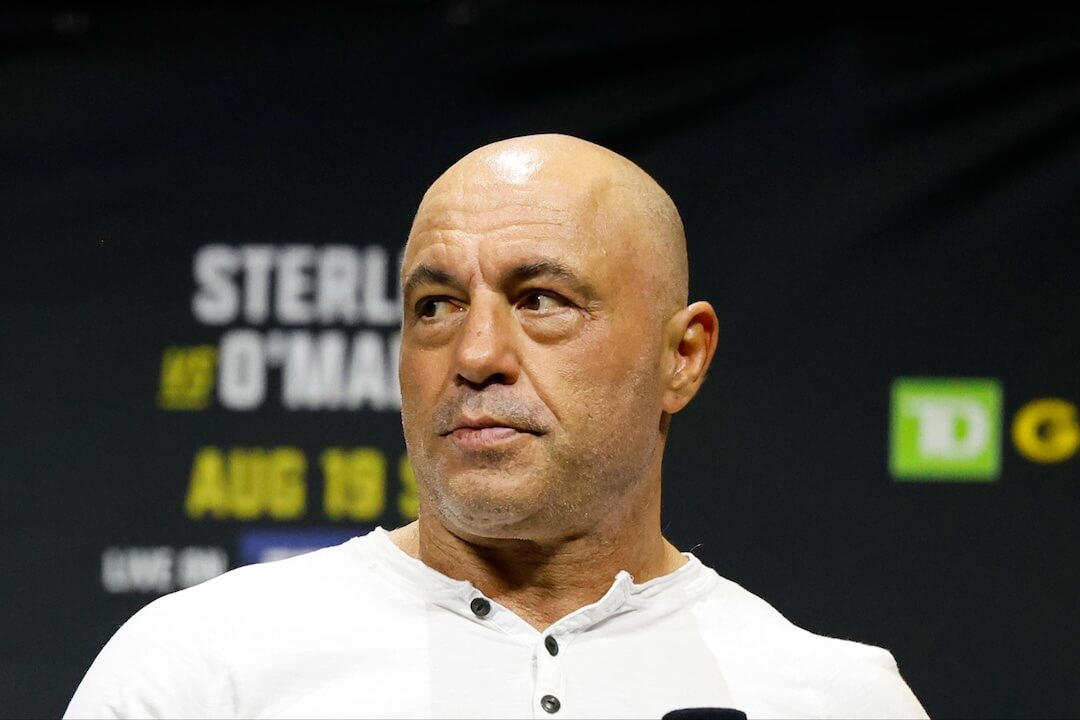Top reporters detailed at a Boston University conference this week how they moved from deadline to years-long projects and blended storytelling and research skills to bring the past alive.
Isabel Wilkerson, who won a Pulitzer Prize at The New York Times and now directs B.U.’s narrative nonfiction program, made a point that many echoed throughout the day: Journalism and history borrow from each other. “We want compelling narrative reporting to try to make sense of a complicated world,” she said.
Pulitzer-winner Tim Weiner told the B.U. audience that he turned his CIA beat reporting for The Philadelphia Inquirer and The New York Times into a book by keeping his notes and delving into tens of thousands of declassified documents. The result was “Legacy of Ashes,” a history of the CIA that won a National Book Award.
He compared the job of condensing so much information “to turning an ox into a bouillon cube” while retaining the flavor. “Bait your hook for the reader” in the first few pages, he advised, saying he rewrote his opening section 24 times. And to keep decades of events clear, “there’s no logic like chronologic.”
Vanessa Mobley, who has edited two Pulitzer-winning nonfiction books, agreed that the best books go through many drafts and that some have to be “boiled down” in length. Mobley, a senior editor at Broadway Books, a division of Random House, said she looks for original stories and a “fruitful combination” of subject and author. Her advice to reporters with authorial ambition: Think about new ways of telling stories to get beyond the ordinary. “What is the theme driving this story?”
In “Black Hawk Down,” his award-winning account of a U.S. humanitarian debacle in Somalia, Philadelphia Inquirer columnist Mark Bowden tried “to illuminate a moment in time as deeply as I can. … My goal wasn’t to interpret but to explain. I keep my opinions to myself, my goal is to flesh out in more detail and try to understand how and why things happen.”
He noted that his book necessarily isn’t the whole truth; Somalis would have a dramatically different view. His hope: that historians and political scientists can build on his reporting.
Bowden, who also writes for The Atlantic and Vanity Fair, drew nods from the audience when he said, “Good journalists write authoritatively only about what they know.”
Annoyed by what he called pundits’ “pose of omniscience,” he said every nonfiction writer should “be honest with the reader and yourself about how much you know and why. The real temptation of journalists is to pretend they know more than they do.”
Larry Tye chooses his topics by finding “a story that needs to be told.” In “Satchel: The Life and Times of an American Legend,” the former Boston Globe reporter who now trains medical journalists traces the Jim Crow era through pitcher Satchel Paige’s colorful career.
For this, his fifth, book, Tye found researching easy, using daily reporting techniques. Interviewing old ballplayers (including an 111-year-old) was the “fun part,” and journalism training came in handy when checking out claims of decades-old athletic feats.
He aims for compelling narrative in hopes of focusing “a lens onto an era; we all look for that perfect little story that tells a bigger story,” such as separate drinking fountains for blacks and whites to illuminate the Jim Crow era.
Tye blended lucid writing — so bright 9 and 10-year-olds could understand Paige’s exploits — with research that produced 72 pages of footnotes and bibliography. “You can’t wing it with book editors anymore,” he said. “You have to have deep subject knowledge.”





